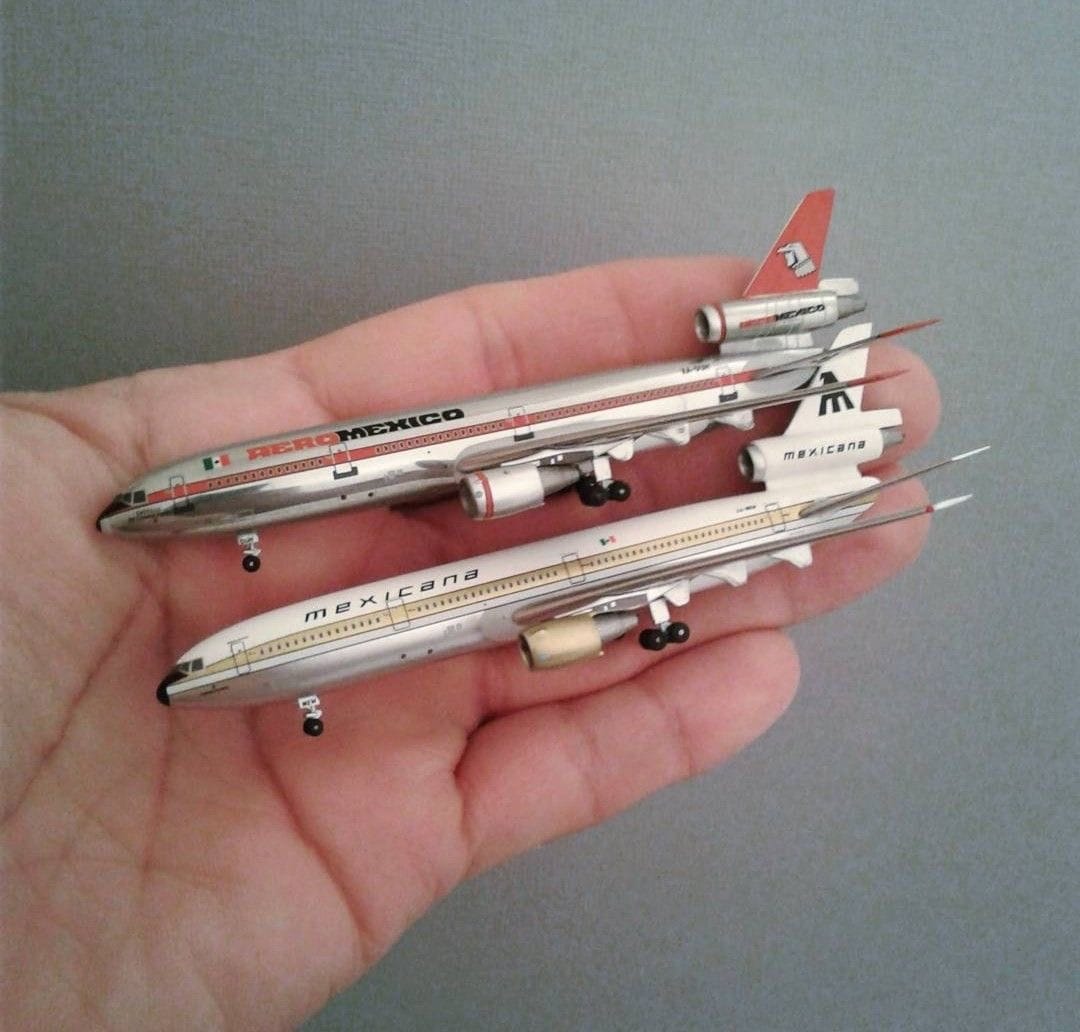Can Airplanes Operate On One Engine?

Imagine you’re 35,000 feet in the air, soaring through the clouds, when suddenly, a loud thud echoes from one of the engines. Instantly, you're thrust into the unknown—one of the airplane’s engines has failed.
This exact scenario happened to Indian Airlines Flight 113 back in 1999, and it raises an important, thrilling question: Can airplanes actually fly safely on just one engine?
The Boeing 737 had just taken off from Delhi en route to Kolkata, when the crew received an alert that the number 1 engine had malfunctioned. The result might surprise you—and it’s not just about this one incident.
How Aeroplanes Work: A Glimpse Behind the Curtain

Before we dive into the possibility of flying on one engine, let’s take a quick look at how an aeroplane works.
Jet engines work by pulling in air, compressing it, mixing it with fuel, and igniting the mixture. This process creates high-speed exhaust that pushes the airplane forward, generating thrust. To maintain altitude, the airplane’s lift (created by the wings) must be equal to or greater than the weight of the aircraft. And to stay stable, the plane’s various control systems—such as the rudder, ailerons, and flaps—help keep the flight smooth and controlled.
What Happens When One Engine Fails?

Modern aircraft, particularly twin-engine jets, are engineered with an incredible level of redundancy. But how does this play out if one engine fails mid-flight?
When an airplane has two engines, both are working together to propel the aircraft forward. If one fails, the other is expected to take over the bulk of the workload. That said, there are limits. The plane will not continue at the same speed or altitude and the pilot will need to adjust for altitude, speed, and fuel consumption. But it’s designed to remain safe and controllable.
Pilots will always aim to land at the nearest airport if an engine failure occurs, especially on longer flights or over vast stretches of ocean.
These planes undergo rigorous testing to ensure they can handle the situation if one engine is lost. Pilots are trained extensively for such emergencies, and modern engines are powerful and efficient enough to handle the load. Whether you’re flying on a private aircraft, commercial jet, or even a military fighter, most modern airplanes are capable of flying on one engine.
The 1999 Indian Airlines Flight 113
Now, let’s revisit the story of Indian Airlines Flight 113, where the failure of the number 1 engine could have led to disaster—but didn’t.
The Boeing 737 was cruising just after takeoff when the engine malfunctioned. Despite this major issue, the plane continued flying smoothly, relying solely on the number 2 engine. The pilots followed emergency procedures and managed to safely return to Delhi after flying with just one engine.
However, imagine the situation was different. What if the aircraft had been unable to return to Delhi and had to continue its journey over a vast stretch of land or ocean? Would the plane have made it?
The fact is, the airplane could have continued flying safely on one engine—but pilots would have needed to carefully plan their flight path and make the necessary adjustments. Given enough fuel and time, it could have made it to an alternate airport, even with one engine out.

Why Can Planes Fly on One Engine?
The reason airplanes can fly on one engine has to do with engine efficiency and aircraft design. While it’s certainly not ideal, modern aircraft are designed to remain stable with one engine in operation. Let’s break this down:
- Thrust to Weight Ratio: The remaining engine can generate enough power to maintain controlled flight, even though the plane will fly more slowly and burn fuel more quickly.
- Aerodynamic Design: The wings and control surfaces (such as the rudder and ailerons) are designed to maintain stability, even if one engine is not generating power.
- Pilot Training: Pilots are highly trained to deal with engine-out situations, including adjusting speed, altitude, and flight paths to ensure the best outcome.
But What About Smaller Planes?
For smaller aircraft, especially those with single engines or light twin-engine aircraft, the scenario can be different. A single-engine failure is far more serious in a small aircraft, as it would lose all power. That said, pilots of smaller planes are trained for emergency landing techniques, and these planes are often flown at lower altitudes, making it easier to glide to safety in the event of a failure.
Aviation Facts That Will Blow Your Mind
- Jet Engine Power: Modern jet engines can produce between 15,000 to over 100,000 pounds of thrust. To put this in perspective, that’s the combined power of approximately 15,000 horses!
- Safety Innovations: Thanks to innovations like fly-by-wire systems, advanced weather radar, and engine redundancy, flying today is safer than ever. In fact, aviation is one of the safest modes of travel.
- World’s Longest Flight on One Engine: In 2005, a Boeing 747 flew for over three hours on a single engine after a malfunction. The flight ended safely with no casualties.
The Verdict: Yes, Airplanes Can Fly on One Engine.
Modern engineering and pilot training ensures that an engine failure doesn’t mean disaster. The skies may seem like a vast, unpredictable place but, the next time you board a plane, remember: in the unlikely event of an engine failure, that plane is designed to bring you home safely—even with one engine out.



